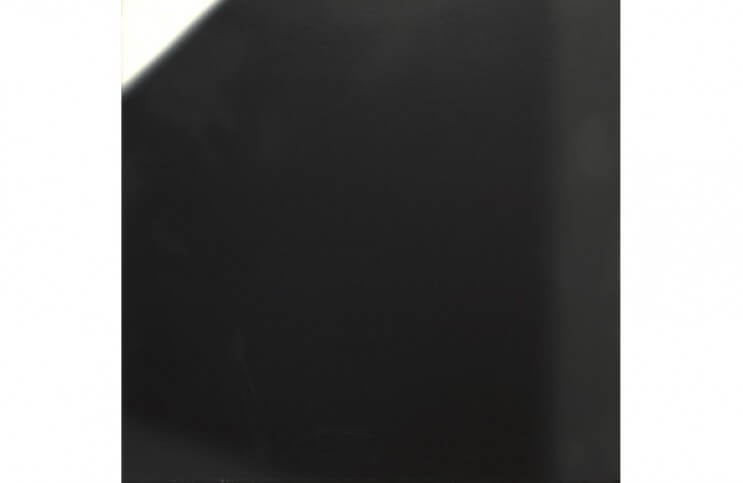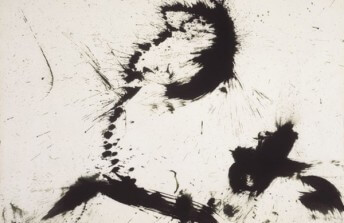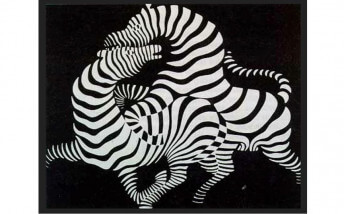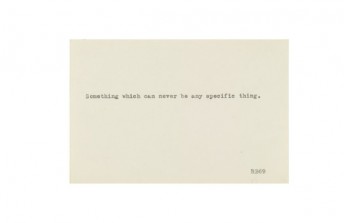Re-Visiting Color Field and Op Art of Celebrated Polish Artist Wojciech Fangor
Apr 13, 2018
Wojciech Fangor had a knack for expressing both simplicity and depth in his art. Originally trained as a realist artist in his native Poland in the 1930s, he spent the early years of his career developing into a skilled figurative painter, graphic designer, and architect. After World War II, like many of his Polish contemporaries, he devoted his efforts to creating images that promoted Socialist Realism. Yet in time he expanded his interest beyond figurative painting, and ultimately it was his abstract work that secured his reputation as one of the most influential Polish artists of the 20th Century. His journey towards abstraction began in the 1950s, when he started exploring the ways painted compositions could affect the perception viewers have of physical space. The abstract works that emerged from this inquiry are his most iconic achievements. Several of them were included in the landmark 1965 MoMA exhibition The Responsive Eye, which introduced Op Art into the public imagination. (Fangor was the only Polish-born painter included in that exhibition.) Focusing on a circles, diagonals, and wave forms, these paintings lure the eye into perceiving movement. Nuances emerge at the edges where the forms dissolve. Subtleties of the muted color relationships inspire contemplation of the surrounding voids. With these works, Fangor bridged the eye-tricks normally associated with Op Art with the introspective mental space associated with Color Field Painting. A selection of the works that Fangor exhibited in The Responsive Eye will soon be on view again, starting 19 April 2018, in the inaugural exhibition at Heather James Fine Art New York.Wojciech Fangor: The Early 1960s promises to re-engage contemporary viewers with the conversation Fangor started more than half a century ago about the abstract mysteries of color, form, and pictorial space.
The Arrangement of Space
Fangor arrived at his appreciation for abstraction by way of a very practical avenue. A train station showed him the way. He was engaged in a collaboration with a pair of architects to redesign the underground areas of the central Warsaw railway system. Their goal was to make the space more humanistic and less claustrophobic. Fangor came up with the idea of placing abstract mosaic works in the stone walls using a color scheme that would gradually evolve as travelers hurried through the station. The kinetic movement of the passersby activated the images on the walls creating a dynamic aesthetic experience that made people feel more connected to their surroundings. His work designing the subway station inspired Fangor to re-imagine the experience viewers have when they go to an art exhibition. Rather than conceiving of exhibitions as opportunities for people to stand motionless in front of single works of art, he wondered how he could activate the exhibition space similarly to how he activated the subway station.
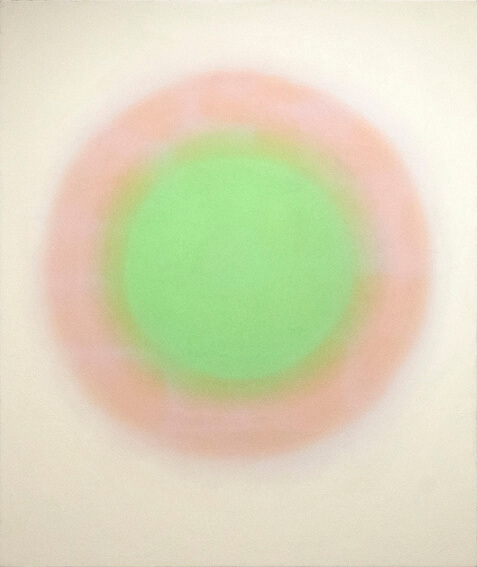
Wojciech Fangor - #6, 1963, 61 1/4 x 51 1/4 in, Oil on canvas, © Wojciech Fangor, courtesy Heather James Fine Art New York
The solution he came up with was revealed in his 1958 exhibition Spatial Study, which premiered at the “Nowa Kultura” Salon in Warsaw. The exhibition is considered one of the earliest examples of an environment installation. To create the work, Fangor collaborated with Stanisław Zamecznik, one of the architects from the subway project. Together, they conceived of a scenario in which viewers of art would be empowered to move freely through a space, experiencing aesthetic elements along their way. Their movement would be as important to their experience as the art. Fangor created 20 abstract paintings for the installation. He hung four of the paintings on the wall, and the other 16 were spread around the room on easels. The images played optical tricks with each other depending on the perspective of the viewer. Every viewer that entered chose their own path through the installation. As they navigated the space, the optical tricks evolved. Their experience changed depending on their movements.
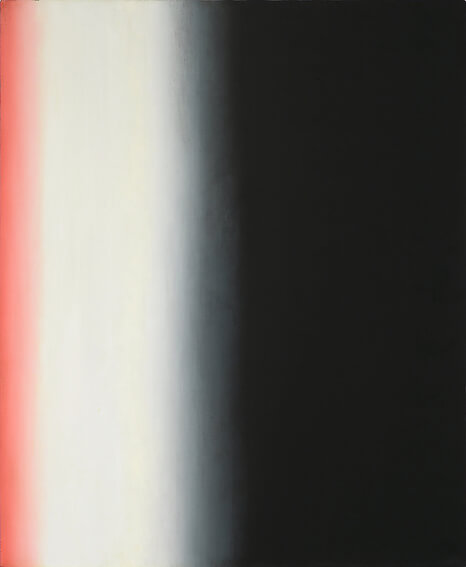
Wojciech Fangor - Black and Pink, 1960, 38 x 31 in, Oil on canvas, © Wojciech Fangor, courtesy Heather James Fine Art New York
The Elimination of Surface
Fangor had several realizations while making the abstract works for the Spatial Study installation. One key discovery was that when he created an optically abstract composition, he perceived that the image seemed to come off of the surface and project into space. He called this phenomenon “positive illusory space.” He came to consider the process of creating positive illusory space as the gradual elimination of surface. In other words, the more illusory space he could create with an image, the less the viewer would perceive that there was any surface whatsoever supporting the image—the forms would appear to be hovering in the void between the canvas and the eyes of the viewer. This idea is at the heart of most of the images that Fangor showed in The Responsive Eye, and those going on view at Heather James Fine Art New York.
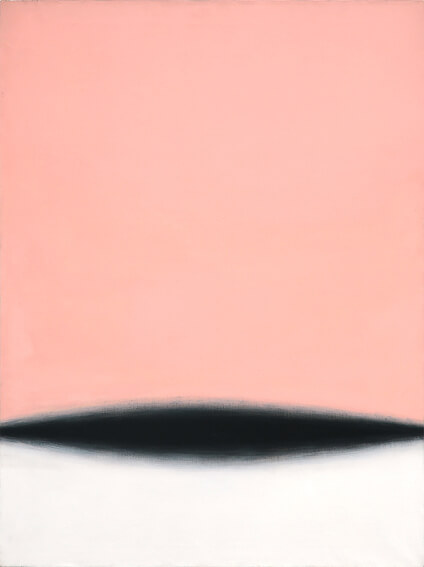
Wojciech Fangor - Pink and Black Spindle, 1960, 39 x 29 1/2 in, Oil on canvas, © Wojciech Fangor, courtesy Heather James Fine Art New York
The illusion of space in these works is enhanced by the way Fangor blurred the edges of his forms. The spectral colors fade as the forms appear to separate from the background. Concentric rings seem to pulsate; a wave of color ripples across a canvas, seemingly fluctuating before the eye; a vertical column of crescent moons appears to tumble in slow motion from the sky. These paintings possess a nuanced kinetic sensibility. The closer one looks at the forms and the longer one stares, the more they indeed seem to hover in space. As the forms become more dimensional the colors become more ephemeral, and the surface slips into the distance. Compared to the work of other Op Art pioneers such as Bridgett Riley and Victor Vasarely, the paintings Fangor made are subtle.Yet looking over the vast expanse of the rest of his oeuvre, it is obvious that they played a vital role in his development, and in the discoveries, his generation made about the mysteries of form and space. Wojciech Fangor: The Early 1960s is on view at Heather James Fine Art New York from 19 April through 30 June 2018.
Featured image: Wojciech Fangor - Square 21, 1962, 35 1/2 x 35 1/2 in, Oil on canvas, © Wojciech Fangor, courtesy Heather James Fine Art New York
By Phillip Barcio
